*011 is the postal code of Belgrade
1. The House of Wars
Some historians claim that Belgrade is a place where the most armed battles were fought on the planet. According to the British Encyclopedia, this city was a potential prey that was attacked by various armies 114 times. The Celts called it Singidun, the Romans Singidunum, our northern neighbors, Hungarians: Nandorfehervar, those from the east – Dar ul Jihad, and some others again, Biograd on the Danube. How large and durable the scales would have to be so that they could measure all those spears, swords, flags, arrows, morning stars, helmets, shells, gunstocks, bombs, missiles, but uniforms, medals, axes, grenades, ships, tanks, and mortars? As long as we idly imagine the construction of such scales, we are forced to think of numerous violently interrupted lives, hopes, anxieties and destinies, and listen to the sounds of the overwhelming military units, as well as the screams and prayers of those to whom war fortune has not turned its seductive face.
It is not easy to live under this piece of sky. If we divide the years that had passed since the Celtic tribe of the Scordisci settled the soil around the mouth of the Sava in the Danube (about 2300 years ago!), with the number of battles aimed at conquering the “white city”, we will get a terrifying piece of information. On average, in every two decades, there was a terrible struggle for Belgrade. It is about five wars per century.
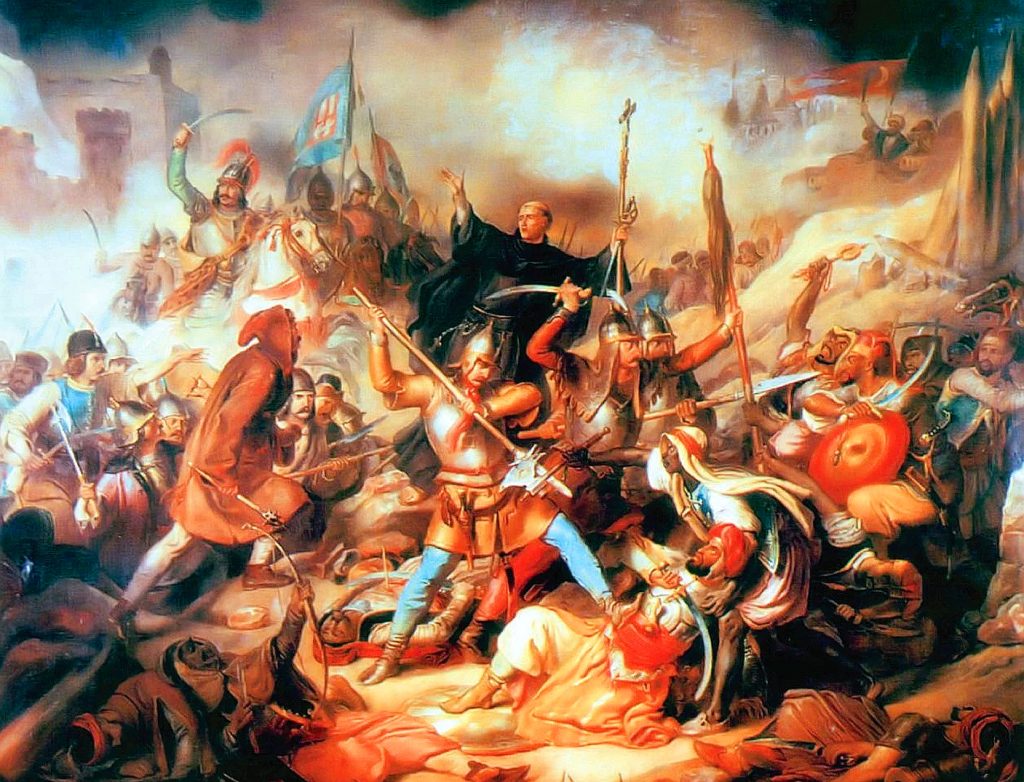
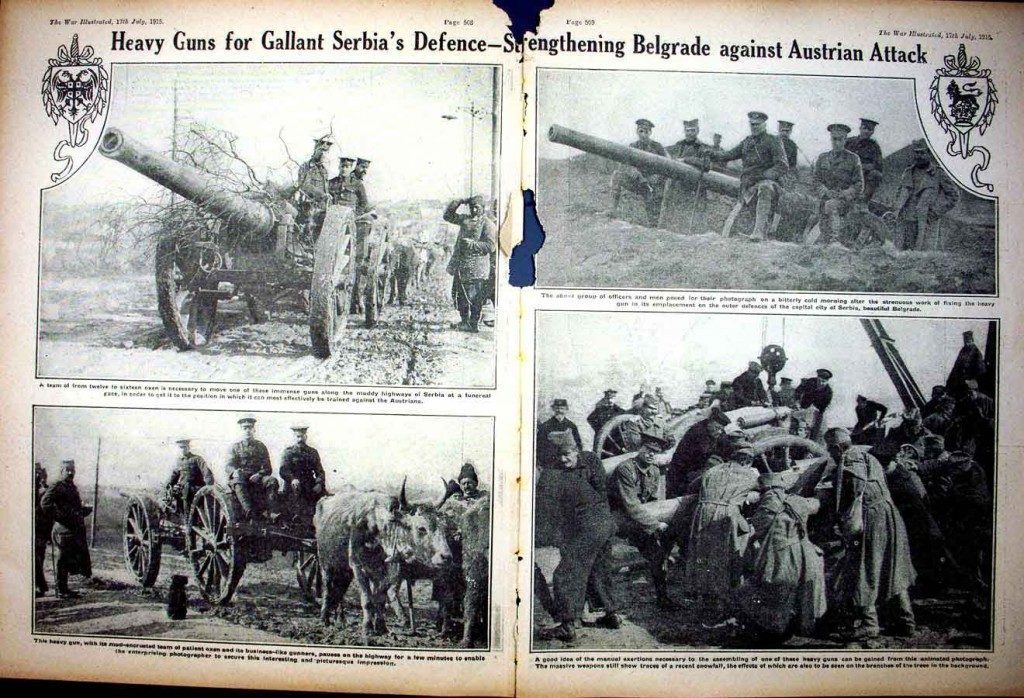

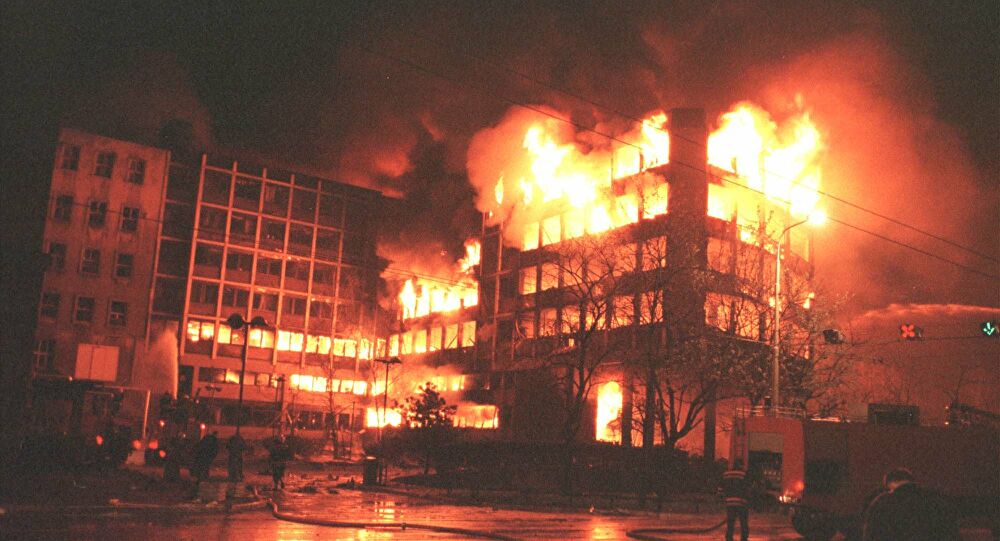
2. The Buddha from Zvezdara
The fact that Christians, Muslims and Jews prayed in Belgrade’s temples, churches, mosques and synagogues, for centuries is a well-known fact. Some of these churches were demolished, others burned, the third turned into stables or powder mills. One of them disappeared forever and with it a memory of Belgrade’s Buddhists. Namely, between the two world wars, in the Belgrade settlement of Zvezdara, there was a Buddhist temple that was made and in which the Kalmyks prayed. Who are the Kalmyks and what were they doing in Belgrade? After the October Revolution in Russia, with refugee Russians, a refuge in the Kingdom of Serbs, Croats, and Slovenes was also found by some unfortunate members of the Western Mongol people named the Kalamyks. After they founded a small colony in the suburban village of Mali Mokri Lug, they became the “real” locals of Belgrade, who caused much attention due to their physiognomy (primarily slanted eyes), customs, and also, diligence, honesty, and ability to ride horses. After several movements from the rooms adapted for Buddhist worship, the Kalmyks, with the help of industrialist Milos Jacimovic (who gave them a piece of land) in 1929, started building a temple, one of the first to worship this denomination in Europe (the elder one was only one today a non-existent – made in St. Petersburg). The warfare rammed the Kalamyks from Belgrade, and the abandoned temple after the Second World War was turned into a cultural center and then finally destroyed in the 1950s. Today in Budvanska St. there is a two-story building in its place. On the streets of the Zvezdara neighborhood, even today, careful passers-by can hear the mantra “Om mani Padme hum” (May be blessed the jewel of a lotus flower).

3. One Penalty and One “Three-Point Field Goal”
Serbia is often recognized internationally as a country with remarkable sports results. A large number of medals won at European and world championships, university and Olympic games in basketball, water polo, handball, volleyball, football and many other collective and individual sports testify about team spirit, good “school” and trainers as well as enduring parents and teachers, and perhaps even the famous “sports spite” of its inhabitants. Only four European cities have European club champions in basketball and football. Real Madrid is the most successful European club both in basketball and football. Its rival, Barcelona, is also among the most successful clubs. After Milan’s Inter and Milan in football and Olimpia (today called “Armani”) in basketball, Belgrade’s Red Star and Partizan are fourth regarding representation of one (big) city. “Delije” (“Red star supporters”) will forever remember Bari and its stadium “St. Nicholas”, and “Grobari” (“Gravediggers”- supporters of Partisan) will always be proud of Istanbul and success in the arena “Abdi Ipekchi” in its settlement Zeytinburn. The first remember the goal of Darko Pancev in the last series of penalties of the European Cup championship finals, while the second are still talking about the ” three-point field goal” of Aleksandar (Sale) Djordjevic in the last seconds of the historic match of the basketball European club finals.
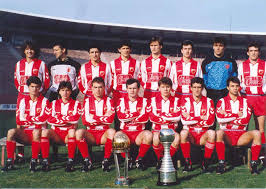

4. ” Olé” in Tasmajdan Park
It will sound unbelievable, but the only European city outside the Pyrenees Peninsula (and the south of France) where the Spanish Corrida was held is Belgrade. Some fellow citizens remember that October 1971 when the Tashmajdan stadium hosted the participants of this spectacle that surpassed only the Spanish territorial frames. The star of the day was the famous matador Miguel Domingin, the same one described by Ernest Hemingway in his novel, “Dangerous Summer”. Although already in seriously mature years, Domingin by his performance enabled the audience from Belgrade and their guests to “teleport” right to Spain in a short time. The company “Zadrugar” from Belgrade, which does not exist anymore, organized the entire spectacle (announced with posters all around the city). It is remembered that at one of the Skadarlija Street restaurants a gala dinner was arranged, and Domingin was given the gusle musical instrument from the host as a gift.

5. Popov. Dusan Popov.
Is there anyone who does not know that James Bond, born in 1912 in Titel (on the territory of the then Austro-Hungarian Empire), graduated from law in Belgrade and, in the very center of Belgrade, with his brother Ivan, organized unforgettable parties?
We all know it, of course. Only, under the other name of the leading actor of this story. Dusan Popov, the son of a wealthy merchant, educated in the Kingdom of Yugoslavia, France, and Germany during the Second World War, was a Yugoslav intelligence agent and secret agent of the British Intelligence Service (MI6). Descending from the National Theater Square (formerly the “The Republic Square”, or for many: “The Freedom Square”), along the Francuska Street to the Church of Saint Aleksandar Nevski, at the number 5, you will find a multi-story house, which once belonged to a rich family Popov (long ago). It was the address of a colorful personality that served Ian Fleming as inspiration for choosing a story that would turn into a myth. Working as an intelligence agent in Portugal himself, an isolated oasis of war-ravaged Europe, Fleming, according to serious sources, devised a story about the secret agent “007”. So, you should recall the buildings of the Belgrade National Theater and the nearby streets every time someone mentions the name of James Bond, or at least Sean Connery.
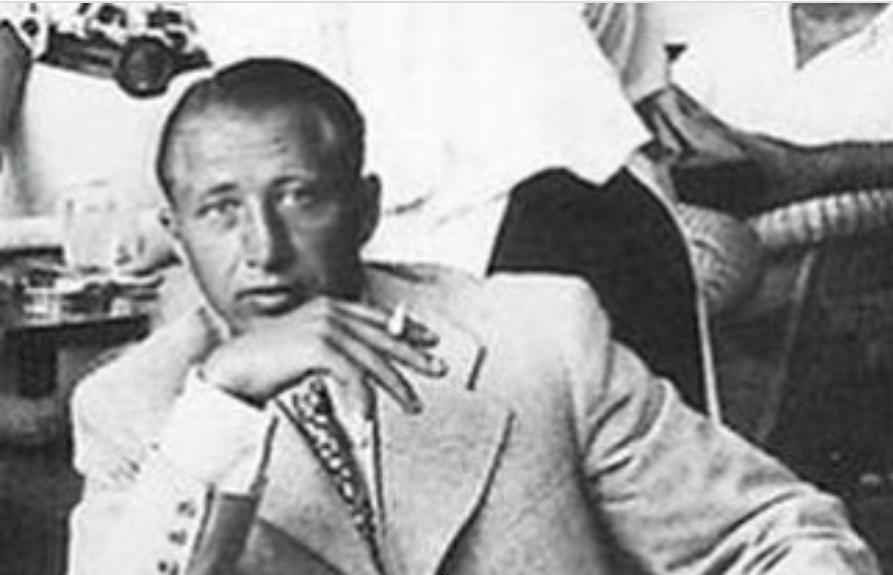
6. Concrete Phoenix
You must be aware of an insane record that links the demolition of the World Trade Center in New York and the Avala Tower?
When, after many years of planning and construction, it glittered at Avala in 1965, the tower, as a masterpiece of architecture, quickly became the symbol of the capital of Yugoslavia. It was a lighthouse of construction achievements and a giant corner for those who ran to Belgrade for a hug. As the only tower in the world in which cross section there was the equilateral triangle, in its base reminded of the tripod, which was an indispensable “piece of furniture” in every Serbian house for centuries.
The explosion of a bomb that completely demolished the Avala Tower on April 29, 1999, strongly resounded in the hearts of Belgraders. Until September 11, 2001, and the demolition of the twin towers in Manhattan, the Avala Tower was the world’s tallest building destroyed to the ground. Since 2010, the Tower again demonstrates to Belgraders that they are coming home, and to all other travelers – that they are getting closer to the city that is looking forward to seeing them, or at least it is welcoming them.
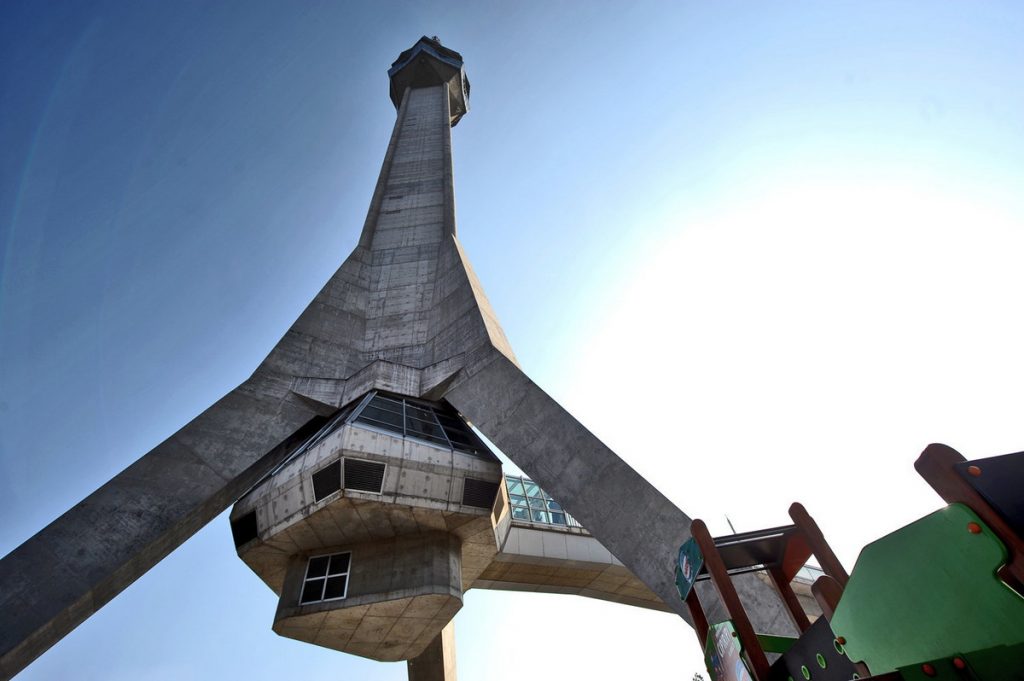
7. The Virgin Mary’s City
Istanbul has its Belgrade Forest, and Belgrade has Kalemegdan Stamboul (Istanbul) Gate. Istanbul is “leaning” on two continents, and Belgrade lies on two rivers. The names of both metropolises contain the word “city” (the name of the former “Constantinople” comes from the Greek term “εἰς τὴν Πόλιν” or “στην Πόλη” (read “stin poly”), which means: “in the city”). However, there is something else that makes these two cities close and connected: the only cities in the world dedicated to the Holy Mother of God. According to their wish to devote their towns to the Mother of God, one next to the other, at a historical level, although separated by a period of more than a thousand years, the Holy Roman (the first Byzantine) Emperor Constantine and (our!) Despot Stefan Lazarevic are equal.
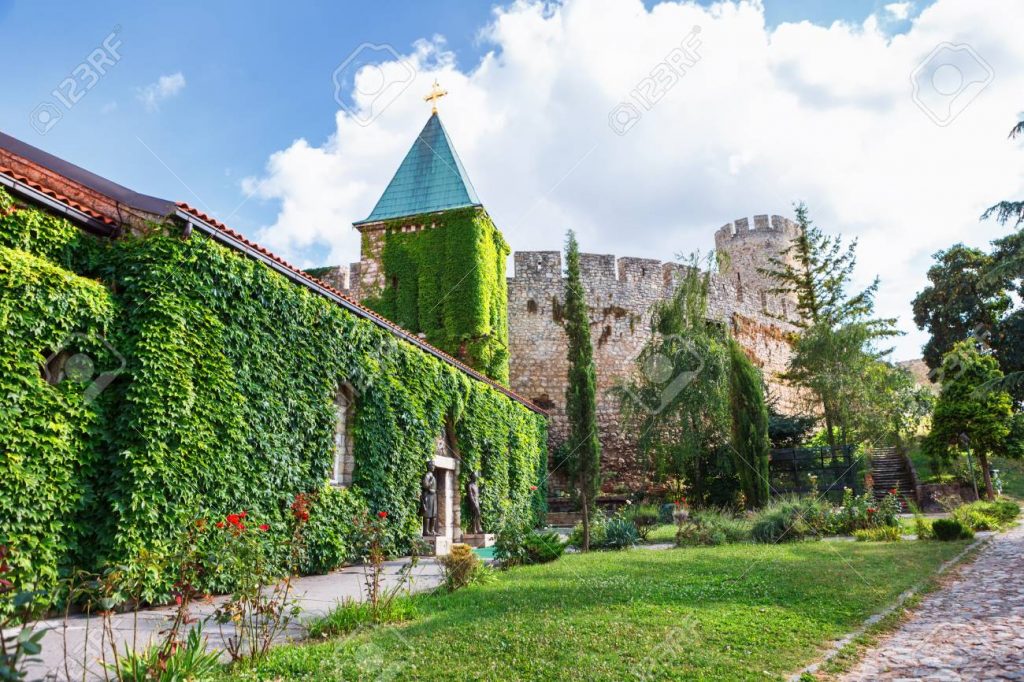
8. The Vinca Neolithic Metropolis
Since 1908, when Professor Miloje M. Vasic discovered a later famous archaeological site, Vinca has not ceased to surprise and inspire the attention of scientists. Located on the right bank of the Danube, at the mouth of the river Bolecica in the Danube, only 14 kilometers southeast of Belgrade, this place was a site where a settlement from the young Stone Age (about 5200 BC) was discovered, which was, by all means, urbanized commercial center, with a large number of permanently settled houses, arranged in alleyways that are cut at right angles. The objects found in Vinca and throughout the Balkans, belonging to our ancestors gathered in a unique Vinca culture, testify that the zenith of the historical epoch called the Neolith was accomplished here and that Vinca was its center, as one of the oldest urbanized metropolitan units of Europe of its time.
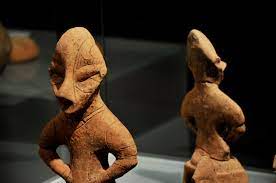
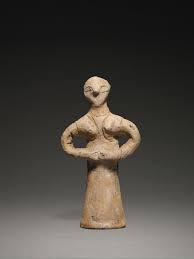
9. The City with 15 Names (minimum)
Apollonius of Rhodes, a poet from the Greek island of Rhodes, who wrote in the 3rd century BC, mentioned the Kaualak stone, which rises above the mouth of the two great rivers. This is probably the first mention of today’s Kalemegdan, that is, of Belgrade, in history. The official mention of the name of this city was awaited until 16/4/878 when it appears in the letter of Pope John VIII to the Hungarian prince, Boris Mihailov. During the history, the name of the Serbian capital was renamed at least fifteen times. The Celts named this piece of land Singidun, the Romans, of course, Singidunum. The names follow: Alba Graeca, Alba Bulgarica, Fehervar and Nandorfehervar (in the time of the Hungarian authorities), Weissenburg, Castelbianco … Two more names for Belgrade sound particularly interesting. The first is Dar ul Jihad (“the house of wars”) that the city was called during the period during which it belonged to the Ottoman Empire. The second was given by a famous military leader who had fought for it several centuries ago: Prinzeugenstadt, that the Nazis planned to rename it in case they came out as victors from the Second World War.

10. The Birthplace of the Roman Emperor
The informed know that 17 Roman emperors were born on the territory of Serbia. This means that almost every fifth Roman emperor was born “somewhere here”, in the area from Sirmium (Sremska Mitrovica) to Naisus (Nis). The precious remains of the vast Roman empire lie scattered like bones under the Balkan sky and keep memories of it. In the list of the cities where the Roman emperors were born, Singidunum (the only time) was inscribed in 331, when Jovian was born there (Flavius Iovianus), who stepped into the throne in June 363. He was on the throne for only eight months until his death that occurred eight months later. He is presumed to have died of poisoning due to the vapor from the walls of the painted room where he was sleeping, or the smoke of bad coal with which the room was heated.

11. Belgrade Bells
As already mentioned, Belgrade has been fought for over a hundred times. Some of these sieges and battles were particularly difficult, exhausting and of crucial importance for the further course of the history of these areas. Thus will be remembered the battle of 1806 from the time of the First Serbian Uprising against the Turks, as well as the fighting that occurred in 1914 and 1944. Nevertheless, the most dramatic battle for Belgrade was fought in July 1456, when the Ottoman sultan Mehmed II the Conqueror came to the Kalemegdan walls, only three years after he was able to win the unconquerable – the imperial city, Constantinople. As the great danger was over Christian Europe, Pope Callixtus III decided to announce a prayer ring for the “white city” defenders from the towers of Catholic churches. Led by John Hunyadi and John of Capistrano (and assumed God’s will), the defenders turned the hopeless situation into a triumph. It is interesting that even today, throughout Europe, every day the noon bells ring in honor of this Christian victory (the pope, in fact, never revoked his decision). Every day, at twelve hours the bells of the Roman Catholic churches of the “Old Continent” welcome the city at the confluence of the Danube and the Sava. Though burdened by the past, and therefore great and loud, in its dignified way it repents their attention – by thankful silence of the old symbol of the tumultuous traffic of historical movements. In the final hours of the battle, the prayer bells turn into victorious, so the glory of Belgrade is transmitted through centuries, thundering, from the Cathedral of Rouen, Verona, Vienna, Munich …









Leave a Reply